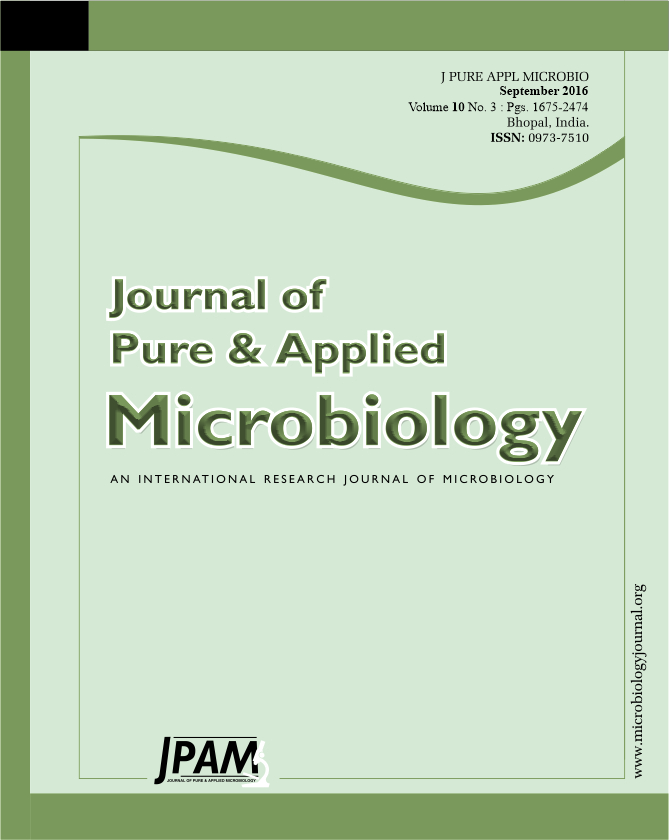Investigating about the extract of Rosemary in various groups of fungi and this extract’s minimum effective deterrence density on types of fungi and also the survey of this extract in expressing the AFL.1 gene in Aspergillus flavus (with the RT.PCR method) is the main target of this research. Rosemary is a very important medicinal herb. Although its antimicrobial effect is fully considered, but its effect on toxin-causing and pathogenic funguses is not studied very much. Therefore, considering the limitation of antifungal drugs, chemical effects, and drug resistance of them, it seems the access of reaching an effective herbal medicine really matters. Since the Aflatoxin is concerned in various food, livestock, pharmaceutical, and medical industries, this research illustrates the mchanism of growth containment by this fungus. First of all we cultivate Aspergillus flavus and Candida albicans in sabouraud dextrose agar and Trichophyton verrucosum and Epidermophyton floccosum (Dermatophytes) on S.C.C agar (mycosel agar) perimeter and then we put Rosemary impregnated paper disks on the surface of perimeter to determine the anti-fungal effect with disk difussion method and creation of inhibition zone then with the help of 10 standard sterile tubes we dilute Rosemary extract in the perimeter of sabouraud dextrose broth to gain this extract’s effective concentration and finally Rosemary’s effect on expressing the AFL.1 gene was examined and eventually statistical analysis was done by the new version of “SPSS” software. Achieved results indicate that the extract of Rosemary on various types of fungi has an inhibitory effect that its effect is depended on its effective concentration so that with the increase of this extract’s density, the fungal colony will be weaker and inhibited and the results of RT.PCR confirm this inhibitory effect on expressing the AFL.R 1 gene which produces Aflatoxin in molecular level. The extract of Rosemary can have a considerable inhibitory effect on expressing the AFL.1 gene and production of Aspergillus flavus.
Rosemary oil extract, Aspergillus flavus, Candida albicans¡ Epidermophyton floccosum, Trichophyton verrucosum ¡ AFL.R Gene, RT.PCR Method.
© The Author(s) 2016. Open Access. This article is distributed under the terms of the Creative Commons Attribution 4.0 International License which permits unrestricted use, sharing, distribution, and reproduction in any medium, provided you give appropriate credit to the original author(s) and the source, provide a link to the Creative Commons license, and indicate if changes were made.


